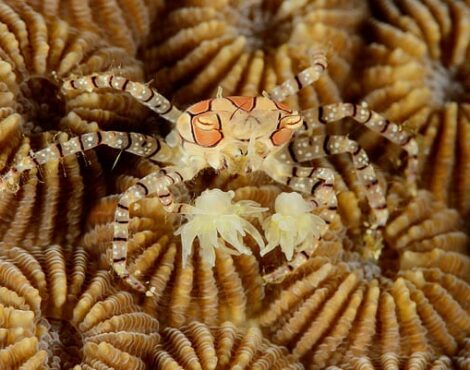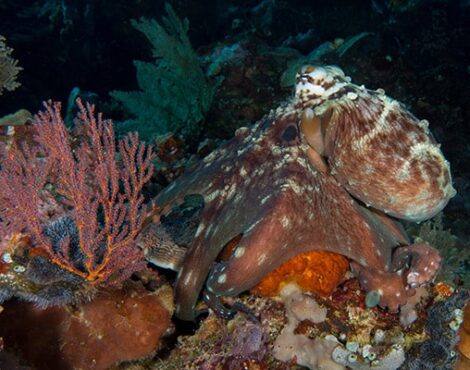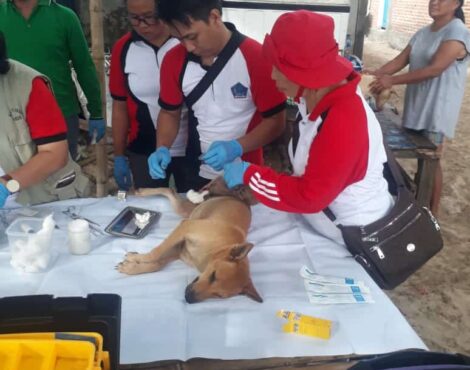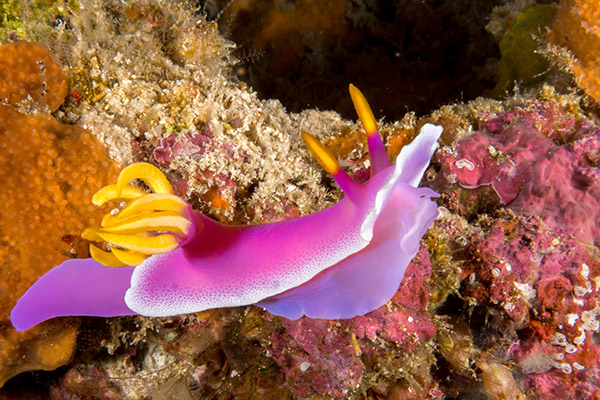
North Sulawesi is considered a Mecca amongst divers who are interested in macro photography. The walls that are found throughout Bunaken Marine Park are extremely diverse and full of interesting, photogenic critters. After all, Bunaken was where the Pontohâs Pygmy Seahorse (Hippocampus Pontohi) was first discovered, and there are thousands of macro critters hiding amongst the reefs. Heading over to the North Sulawesi mainland, you will find sandy slopes with patch reef, sea grass meadows and rocky pinnacles. Here you will find even more macro opportunities, and the easier diving conditions allow you to really take your time and search every nook and cranny for the bizarre animals that are hiding away.
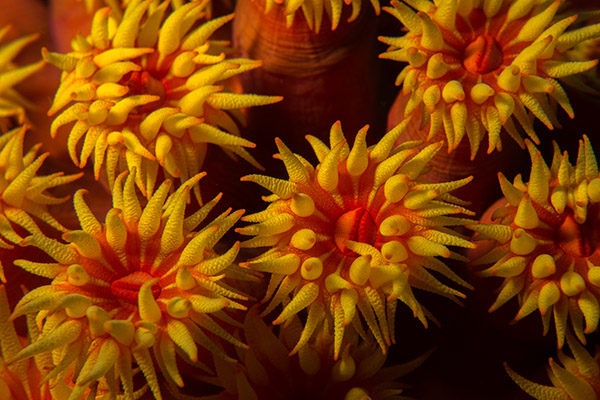
Many guests who come to Siladen Resort & Spa combine their visit with other parts of North Sulawesi, such as Lembeh, Bangka, or Manado Bay. Those coming from the muck diving paradise that is Lembeh tend to want to stick to wide angle photography, however they usually discover Bunaken Marine Park has just as many amazing macro opportunities â they are just in a different environment.
Those who are new to underwater photography may be discouraged by some of the amazing photos that experienced photographers can get, often blaming their equipment as why they cannot get the shots they want. While it is true that your equipment does limit you (to an extent), most photographers who pass through Siladen have more than enough equipment to get great shots, only needing a few technical tweaks to get the shots they desire. To get great shots, you must learn how to use your camera manually. You do not necessarily need to be shooting on manual, but you should understand why your photos are coming out the way they are. If you are already comfortable using either full manual, or settings such as AV (aperture priority), then maybe these tips can help improve your macro photography.
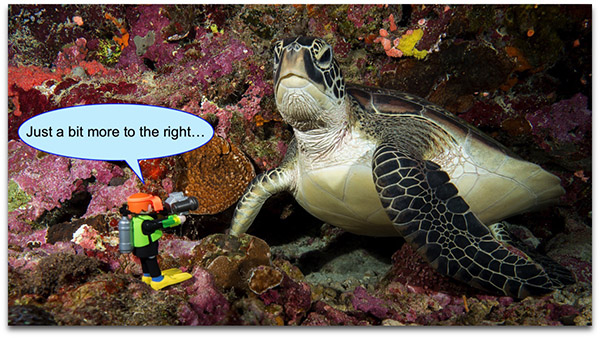
-
Take Test Shots
Usually for macro photography, you can stick your camera onto one setting and pretty much go with it for the whole dive, only making minor tweaks throughout the dive. As soon as you get underwater, you should find a piece of coral or a rock, and take a few test shots, tweaking the aperture, shutter speed and flash power until you get the style of image you want. This not only helps saving time when your guide finds you something interesting, it also means you will stress the critter less as you wonât need to take as many shots.
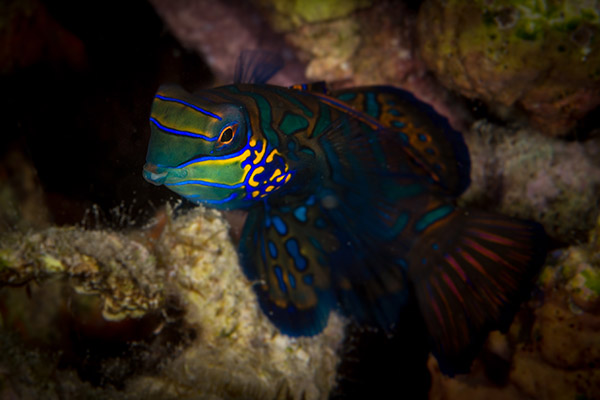
-
Strobe Angle
Most new underwater photographer will invest in a camera package, which will usually include one external strobe. Luckily for macro photography, you normally only need one. When you approach a critter, think about your strobe positioning. To avoid half of your image being in the shadows, a good place to position your strobe is directly above the camera. That way you should be able to light up the whole subject.
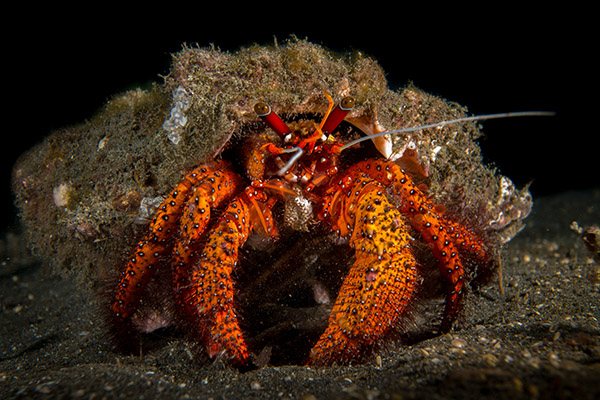
-
Be patient
Remember, you are a giant down there and most critters will be wary about you. They will probably turn their back and climb further into their homes. If this happens, just wait patiently close by the critter. Once they realise you are not a threat, they will resume their normal behaviours and allow you to get some great pictures.
-
Get Low
There are some situations where you will want to photograph from above, for instance to get identification shots of a nudibranch. But in most cases, you will want to get lower so you will get as much as the subject in the image as possible. This is especially important if you are shooting without an external flash, as your only light source will come from above.
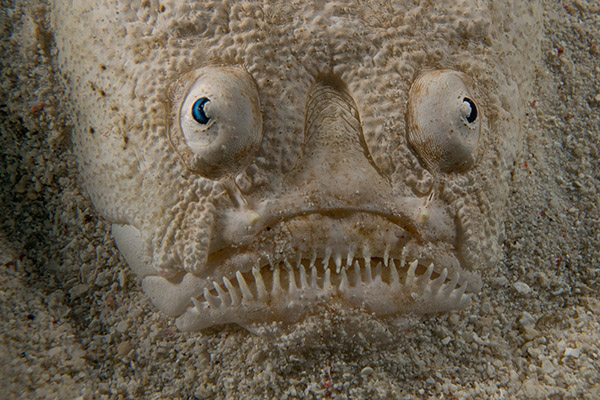
-
Frame your Image
Having a well framed and properly focussed subject is key to having a good photograph! You will need to get the focal point in the right area; for most critters this is the eye, or for nudibranch, the rhinophores. If either of these are out of focus, it is difficult for the viewer to know where they should be looking. You may need to change the centre of focus so you can fit as much of the critter in the image as possible. Almost all cameras allow you to do this, so it is something you should learn how to do as soon as possible. When framing your image, try to remember to follow the rule of thirds â your images will be much more appealing if you do.
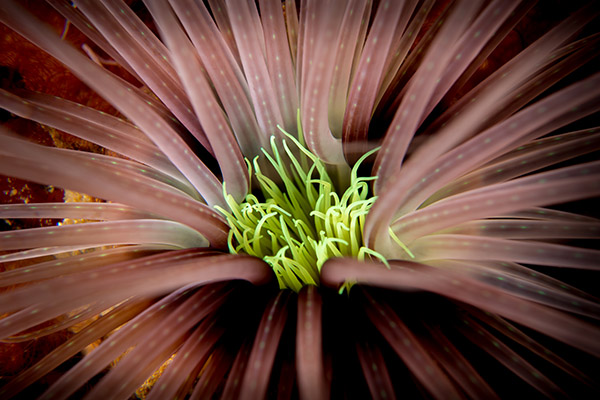
-
Use Add-ons
If you want to get nice photos of really small critters, you may need some additional magnification. Most camera housings support âwet lensesâ, which you can find for both macro and wide angle. Using a macro wet lens will allow you to greatly magnify the subject and capturing more detail than ever before. These are really useful if you are on a dive that suits both macro and wide angle, as you can simply switch over underwater. Just be careful you have a place to secure them while they are not being used!
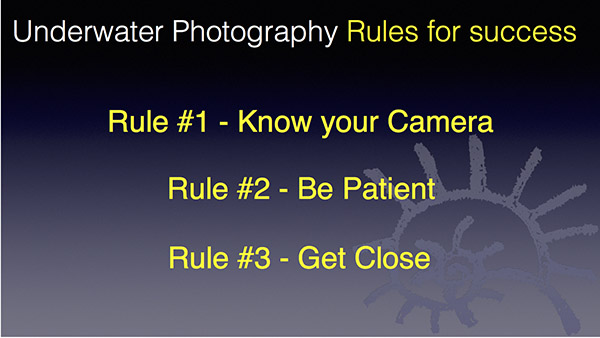
Learning how to take great photos can be frustrating, but everyone is a beginner at some point, and the learning curve is steep. The most important thing is to keep practising. Try jumping in a swimming pool one afternoon with your camera and a small toy. This way you can keep practising for hours on end and see what you think works best.
At Siladen Resort & Spa, we have several passionate underwater photographers who would love to help you to improve your images. We can also offer underwater photography courses, where we will start from the very basics and work up from there. This is a great option for someone who has never really used a camera before, and wants to master the basics as quickly as possible.


